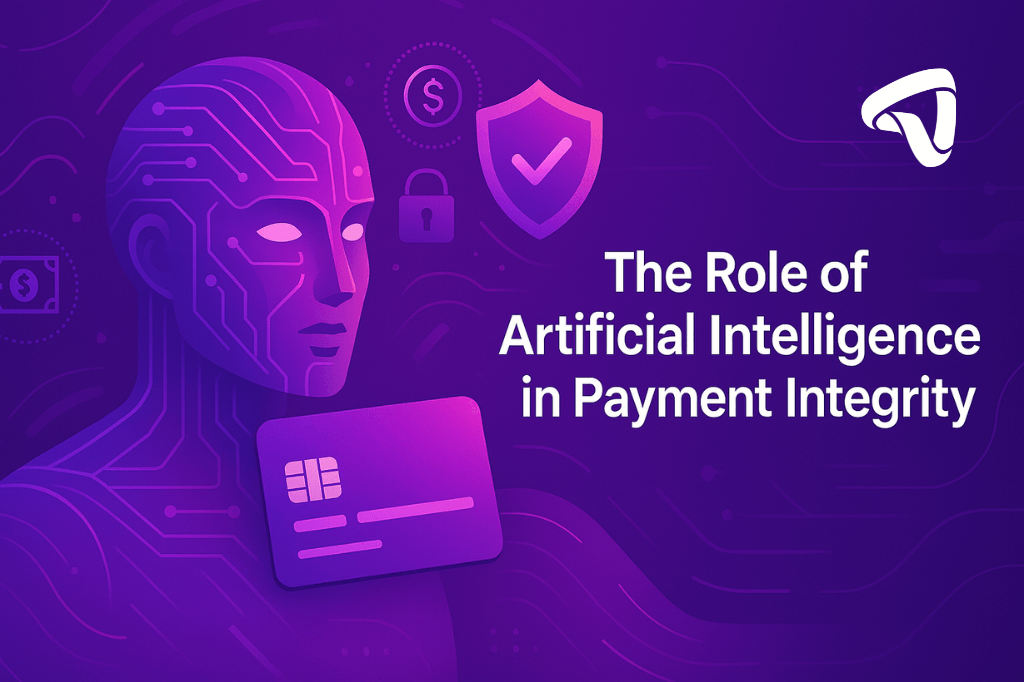Online payment processing is an integral part of modern business, but its associated costs can often be confusing. One of the most significant expenses is the transaction fee, which comprises several distinct components. This article aims to demystify online payment processing fees, empowering entrepreneurs to make informed decisions about their payment solutions.
Acquirer Fee
The acquirer fee is the initial component of the transaction fee, charged by the acquiring bank. It’s a percentage of the total transaction amount, covering the costs of approving and settling the payment. Typically, the acquirer fee ranges from 1% to 2%
Issuer Fee
Another component, the issuer fee, is charged by the issuing bank, the financial institution that provides the customer’s credit or debit card. Similar to the acquirer fee, it’s a percentage of the total transaction amount, covering the costs of approving the transaction and offering card services. The issuer fee generally falls between 0.5% and 1%.
Payment Gateway Fees
Payment gateways act as intermediaries for online transactions, handling payment processing, fraud prevention, and regulatory compliance. They charge a fee for these services, typically ranging from 0.5% to 2%.
Additional Fees:
Beyond the core components, other fees may apply, such as the interchange fee. This fee is levied on all card transactions to cover the costs of creating, distributing, and maintaining credit and debit cards. It’s set by card networks and usually amounts to around 0.2% to 0.3% of the transaction
Key Takeaways:
- Understanding these fees empowers businesses to make informed decisions about payment solutions.
- Online payment processing fees consist of multiple components.
- The acquirer fee, issuer fee, and payment gateway fee are primary components.
- Additional fees, like the interchange fee, may also apply.
understand more about the difference in transaction fees between Card-Present vs. Online Payments
Conclusion
By gaining a clear understanding of the components that make up transaction fees, businesses can make more informed decisions regarding payment processors and solutions. This knowledge allows businesses to assess how transaction fees impact their bottom line and select options that align with their specific needs and financial goals.


